在Golang中使用Gorm库时,实现自定义的多态模型关联查询可以是一项具有挑战性的任务。多态关联通常指的是一个模型可以与多个不同类型的模型建立关联,而这些关联在数据库层面可能通过不同的外键或表结构来实现。
![图片[1]_在Golang中使用Gorm实现自定义多态模型关联查询的策略与示例_知途无界](https://zhituwujie.com/wp-content/uploads/2024/11/d2b5ca33bd20241104100245.png)
Gorm本身支持多态关联,但通常是通过预定义的接口和类型来实现的。如果你需要实现自定义的多态关联查询,你可能需要手动处理这些关联,并编写自定义的SQL查询或利用Gorm的查询构建器(Query Builder)功能。
以下是一个简化的示例,展示了如何在Gorm中实现自定义的多态关联查询。假设我们有两个模型:Post 和 Commentable,其中 Commentable 是一个接口,可以被多个不同的模型实现(例如 User 和 Article)。
首先,定义你的基础模型:
type Post struct {
ID uint
Content string
CommentID uint
Comment Commentable `gorm:"polymorphic:Owner;"` // 假设Commentable接口有一个类型字段来区分多态类型
// 注意:这里的Comment字段不会直接映射到数据库,它用于在内存中表示多态关联
}
type Commentable interface {
GetType() string
}
type User struct {
ID uint
Name string
Type string // 用于多态关联的类型字段
// 其他字段...
}
func (u User) GetType() string {
return u.Type // 返回"user"作为类型标识
}
type Article struct {
ID uint
Title string
Type string // 用于多态关联的类型字段
// 其他字段...
}
func (a Article) GetType() string {
return a.Type // 返回"article"作为类型标识
}
// 假设我们有一个Comment模型,它有一个OwnerID和OwnerType字段来存储多态关联的信息
type Comment struct {
ID uint
Content string
OwnerID uint
OwnerType string // 存储关联对象的类型,如"user"或"article"
// 注意:这里没有直接包含Owner字段,因为它是多态的
}由于Gorm不直接支持这种自定义的多态关联,你需要手动编写查询来加载关联的数据。例如,要查询一个Post及其关联的Comment(无论是User还是Article发出的),你可以这样做:
func GetPostWithComment(db *gorm.DB, postID uint) (*Post, error) {
var post Post
var comment Comment
// 首先查询Post
if err := db.First(&post, postID).Error; err != nil {
return nil, err
}
// 然后根据CommentID查询Comment
if err := db.First(&comment, post.CommentID).Error; err != nil {
return nil, err
}
// 根据Comment的OwnerType加载对应的关联对象
switch comment.OwnerType {
case "user":
var user User
if err := db.First(&user, comment.OwnerID).Error; err != nil {
return nil, err
}
// 在这里,你需要决定如何将user与post关联起来。
// 一种方法是创建一个新的结构体或在post中添加一个接口字段,并在运行时断言类型。
// 但由于我们的Post结构体中没有直接包含Commentable类型的字段,这里仅作为示例。
fmt.Printf("Found comment by user: %s\n", user.Name)
case "article":
var article Article
if err := db.First(&article, comment.OwnerID).Error; err != nil {
return nil, err
}
fmt.Printf("Found comment by article: %s\n", article.Title)
default:
return nil, fmt.Errorf("unknown owner type: %s", comment.OwnerType)
}
// 注意:这个示例没有将关联的对象直接设置到Post结构体中,
// 因为Post结构体没有为这种多态关联预留字段。
// 在实际应用中,你可能需要设计一个更复杂的结构体来存储这种关联,
// 或者在查询后手动构建这种关联。
return &post, nil
}请注意,上面的代码示例仅用于说明如何手动处理多态关联查询。在实际应用中,你可能需要设计一个更优雅和可扩展的解决方案来处理这种多态关联,例如使用嵌套结构体、接口断言、或者通过额外的表来存储关联信息。
此外,由于Gorm在处理多态关联时有一定的局限性,你可能需要更深入地了解Gorm的查询构建器功能,以便能够编写出满足你需求的自定义查询。
© 版权声明
文中内容均来源于公开资料,受限于信息的时效性和复杂性,可能存在误差或遗漏。我们已尽力确保内容的准确性,但对于因信息变更或错误导致的任何后果,本站不承担任何责任。如需引用本文内容,请注明出处并尊重原作者的版权。
THE END


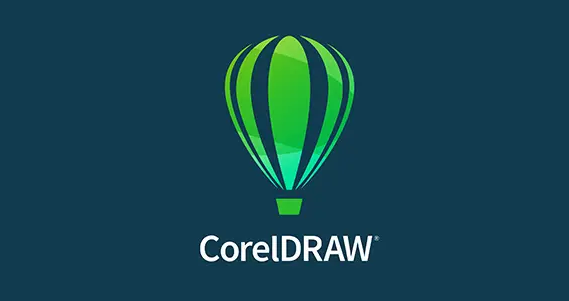
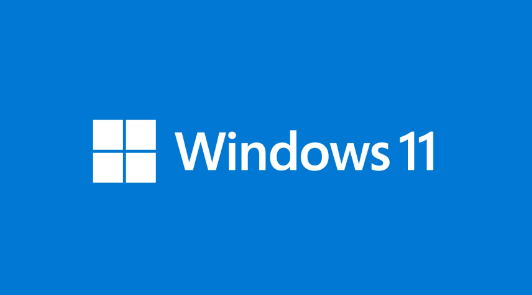



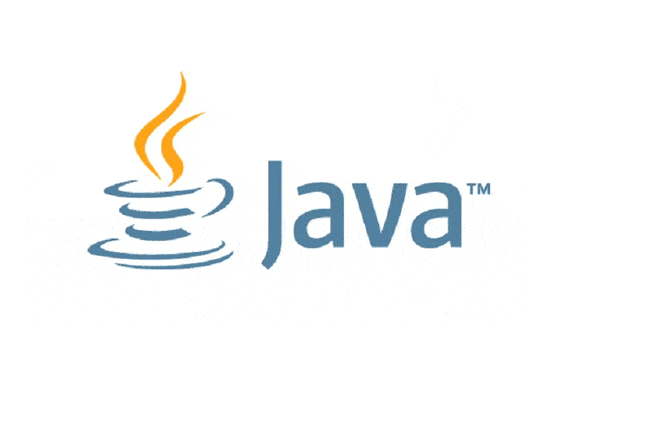




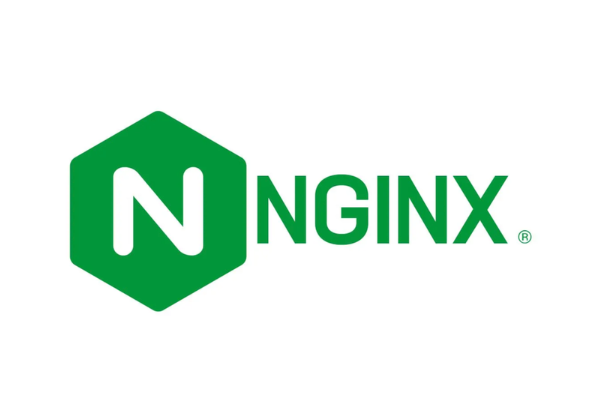

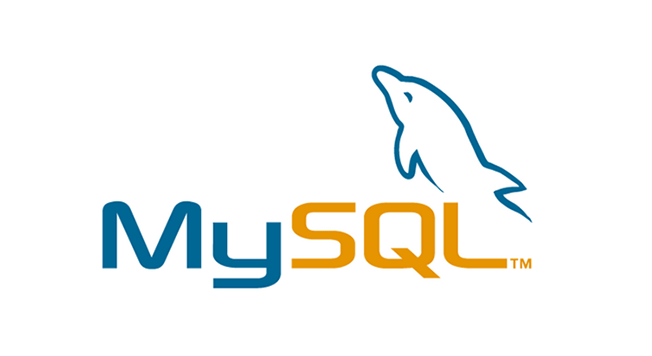



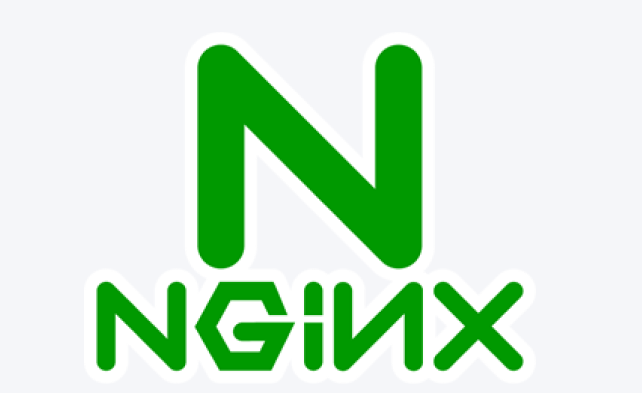

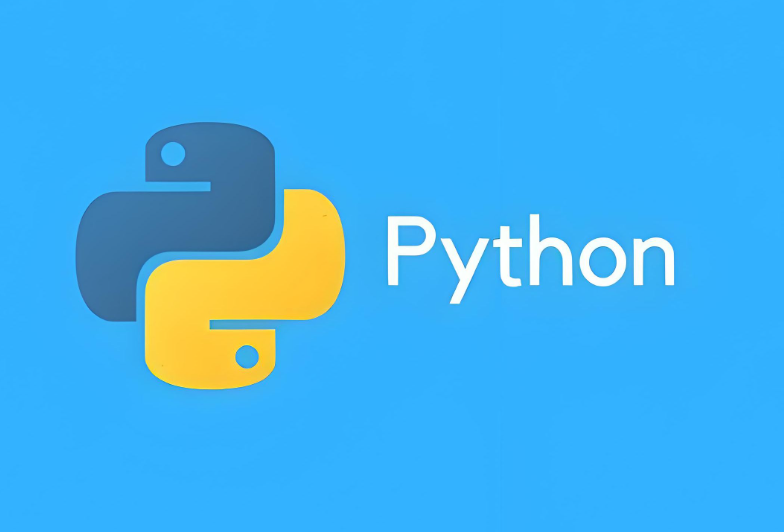


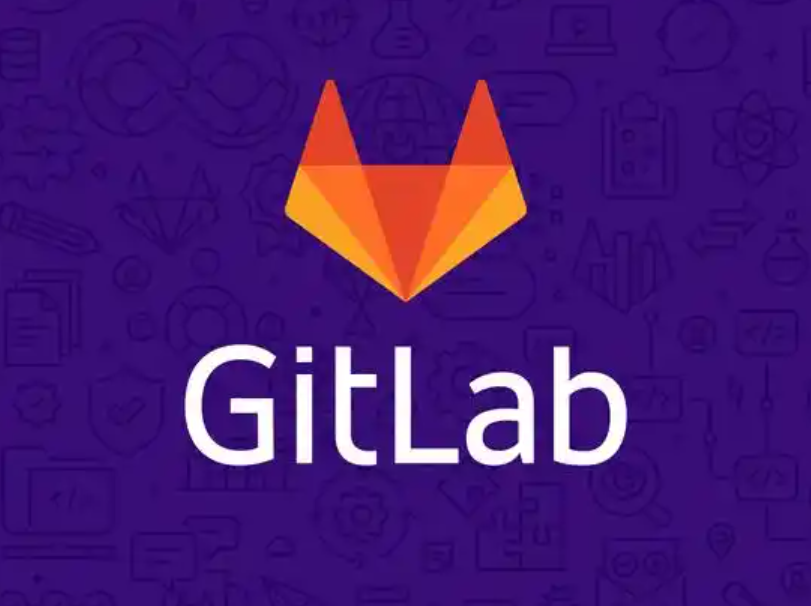

暂无评论内容